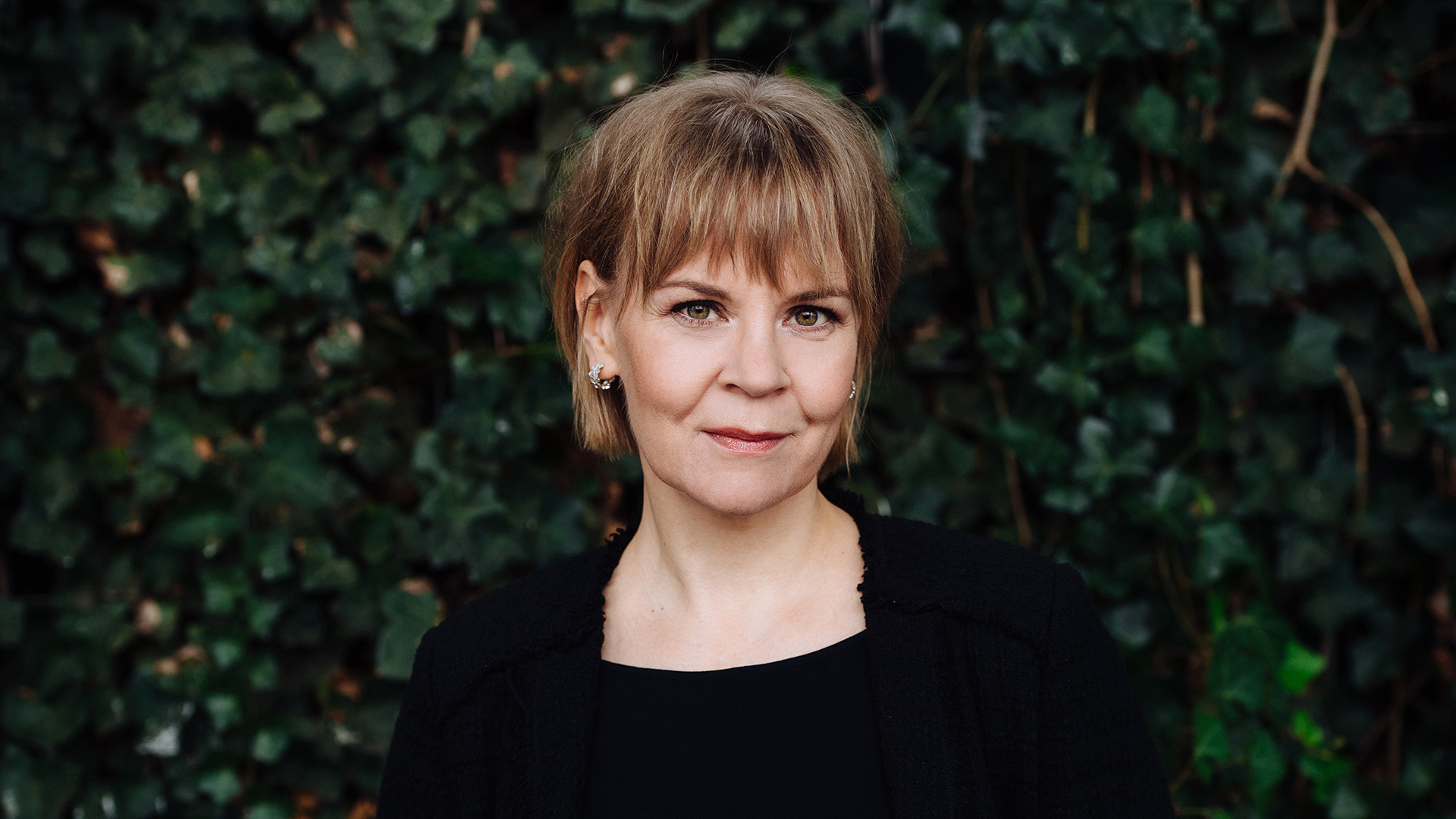Conducted by Susanna Mälkki, the wide array of string instruments, the broad scope of wind instruments and the lavish range of percussion instruments spread across the stage of the large concert hall at the Helsinki Music Centre to conjure up Kaija Saariaho’s open views and new tonal colours. Premiered by the HPO in May 2021, Vista offers “ear-pleasing instrumentation and a surprising sense of threat.” (Rondo)
Anton Bruckner dedicated the Adagio of his Seventh Symphony to the “memory of the immortal and dearly beloved Master”, Richard Wagner. Music critic Eduard Hanslick, a contemporary of Bruckner, referred to the piece as a “symphonic boa constrictor”. Nevertheless, it was his Seventh that gave Bruckner his ultimate breakthrough as a symphonist – at the age of 62!
Watch and listen both live and on-demand through the Yle Radio 1, Yle Areena and via the HKO Screen-app.
LINK: https://areena.yle.fi/1-50946353
Watch live and discuss through the orchestra's YouTube channel.
LINK: https://youtu.be/a6ZU9fK3naY
Susanna Mälkki
Chief Conductor of the Helsinki Philharmonic Orchestra since 2016 and Principal Guest Conductor of the Los Angeles Philharmonic since 2017, Susanna Mälkki is a regular guest with the world’s most illustrious orchestras and at such opera houses as La Scala, the New York Metropolitan and the Vienna State Opera. From 2006 to 2013 she was Artistic Director of the Ensemble Intercontemporain in Paris on the invitation of Pierre Boulez and has conducted the premieres of works by many of the greatest contemporary composers. Beginning her career as a cellist and winning the Turku Cello Competition in 1994, she spent three years as principal cello in the Gothenburg Symphony Orchestra. Susanna Mälkki is a Chevalier of the Légion d’honneur in France, a Fellow of the Royal Academy of Music in London and a member of the Kungliga Musikaliska Akademien in Stockholm.
www.susannamalkki.com
Kaija Saariaho: Vista
“Kaija Saariaho is one of the monumental composers of our time. There are so many wonderful things that can be said about her music, especially her great pieces for larger forces – many of which are personal favourites. In addition I feel that the powerful presence of her music over the years has been particularly important as a role model for younger generations, not least for younger women in music that find inspiration and encouragement in such a compelling composer. This multifaceted influence will, without doubt, carry on shaping the music of the future.”
Thus wrote Icelandic composer Anna Thorvaldsdottir in a poll conducted by the BBC Music Magazine asking 174 leading composers from all over the world to name the greatest composer of all times. Top of the list was J.S. Bach, but of living composers, the highest honour went to Kaija Saariaho (b. 1952).
Vista (2019) was composed as a joint commission from the HPO, the Berlin, Oslo and Los Angeles Philharmonic Orchestras. The title occurred to Saariaho as she drove from Los Angeles towards San Diego and kept seeing road signs saying “Vista” at lookout points. Her head was immediately filled with ideas for a new work, opening up new landscapes, new vistas.
Anton Bruckner: Symphony No. 7 in E Major
Anton Bruckner (1824–1896) was renowned for his symphonies in which Late-Romantic expression meets Classical counterpoint. Lengthy and leisurely, they did not immediately appeal to either critics or audiences. His music was morbid and hard on the ears, they said, to which he replied: “They want me to write differently. Certainly I could do, but I must not. God has given me, of all people, this talent. It is to Him that I must give account.”
No sooner had Bruckner completed his sixth symphony in September 1881 than he began work on his seventh. Two years would nevertheless pass before it was finished, and another year before it was premiered in Leipzig. For once, it got an ecstatic reception, and it is possibly still his most popular symphony. The reason is obvious: its melodies are exceptionally beautiful and its mood is warm.
The first movement opens with a long theme Bruckner said he had heard in a dream. He wrote the second in early 1883, after hearing that Wagner, whom he admired, was fatally ill. The third is, despite its minor key, bright and boisterous, and the fourth, having developed three themes, ends with the main theme of the first movement bellowed out by the brass.

